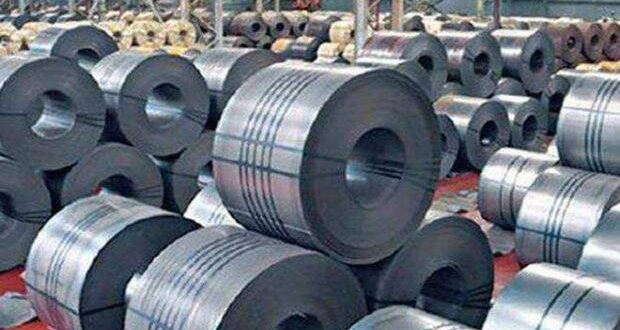TBB BUREAU
BHUBANESWAR, JULY 6, 2021
Sharp increase in prices of steel will lift operating margin of primary steel manufacturers by 500 basis points (bps) to 32-33% on-year this fiscal, according to rating agency Crisil.
“While this will drive steelmakers to double down on capital expenditure, robust accruals will help them continue deleveraging and strengthening of balance sheets, leading to a positive credit outlook,” according to a Crisil study of the top five steelmakers – accounting for 58% of domestic production last fiscal.
Global steel prices, rallying from last year’s lows, were up 2.1 times on year in June, reaching the highs last seen in 2008. While some easing is likely over the rest of 2021, prices may average $750-800 per tonne, still up 60% on-year.

Three factors will support global steel prices. One, global demand will be strong this year, with stimulus measures driving a post-pandemic recovery. Two, iron ore, the key raw material, continues to face supply tightness amid healthy demand. Three, China’s continued measures to reduce carbon emissions, including the recent removal of export rebates, will keep steel supplies in check.
Domestic steel prices, which are significantly driven by the landed cost of imports, have rallied, too, though at a slower pace. More recently, the price gap between domestic hot-rolled coil steel and landed cost of imports has widened sharply to more than 20%, given weaker domestic demand amid the second wave of the pandemic. This provides headroom to domestic steel mills even if global steel prices ease from current levels.
On the cost front, while domestic merchant iron ore prices are expected to double on-year, there will be only a partial impact on primary steelmakers as they have iron ore integration of 70%. Besides, prices of seaborne coking coal, the other key input, remain fairly subdued as China is yet to lift its ban on imports from Australia due to geopolitical tensions.
“The higher prices are unlikely to deter domestic demand, which should recover from the second quarter as the impact of the pandemic eases, and grow by a strong 10-12% this fiscal, driven by growth in auto and infrastructure sectors. A combination of high steel prices, improved utilizations due to recovering domestic demand, and a relatively lower increase in raw material prices should support profitable growth for primary steelmakers,” said Isha Chaudhary, Director, Crisil Research.
Given the robust profitability, and the fact that steel mills are already operating at close to 90% utilization, steelmakers have already doubled their planned capex for fiscals 2022-24 compared with the previous three fiscals. As much as 27 million tonne capacity, accounting for almost 20% of domestic capacity, is expected to get added by fiscal 2025. This could get accelerated further, given sizeable brownfield opportunities for companies, including in acquired assets.
This sizable increase in capacities raises the risk of supply exceeding demand over the medium term in the inherently capital-intensive and cyclical sector, which saw a slew of debt defaults and bankruptcies in the previous down-cycle.
“This time, the industry is better positioned for a down-cycle, with almost the entire expansion expected through brownfield mode, which involves lower cost and is less likely to see delays. Also, about 35% of the capex is towards increasing the proportion of downstream value-added products, besides on mining and efficiency, while the balance is on upstream capacities. More importantly, the industry has seen significant consolidation and balance sheets are expected to be much stronger,” said Naveen Vaidyanathan, Associate Director, Crisil Ratings.
After around 15% debt reduction last fiscal, the industry is expected to reduce net debt by about 20% this fiscal too.
Net debt to Ebitda is expected to be less than 1 time this year against 1.9 times last year. The much stronger balance sheets bode well for steelmakers to withstand a downturn and support a ‘positive’ credit outlook.
That said, a sharper-than-expected correction in global steel prices, weaker global demand, or government measures to limit domestic steel prices would bear watching.
 The Business Bytes
The Business Bytes
